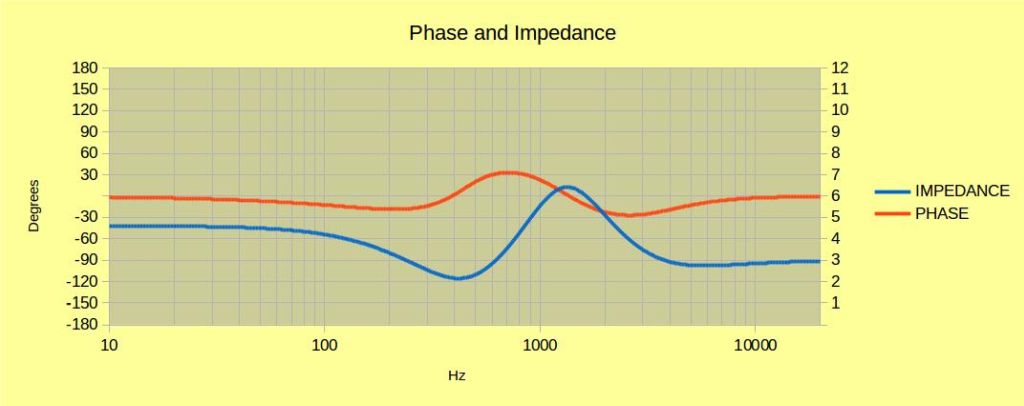So I've temporarily and inadvertently hijacked a couple of threads, so I thought I'd start a new thread to get some input. I'm ampless right now, so I need to order something soon. I'm driving Magnepan 3.7i.
Candidates:
Benchmark AHB2 (190 clean watts in to 4 Ohm, max 29A/channel)
Apollon's Purifi (275 or so clean watts into 4 Ohm, max 25A/channel)
Apollon's Hypex NC1200 (500+ clean watts into 4 Ohm, 38A/channel)
All good with 2 Ohm loads, the NC1200 even more so.
Of course all will supply more power at higher distortion. I would prefer two AHB2s, but I don't really want to pay that much.

What do you think? I'm leaning towards the NC1200 for the power, but the clean Purifi is tempting.
Candidates:
Benchmark AHB2 (190 clean watts in to 4 Ohm, max 29A/channel)
Apollon's Purifi (275 or so clean watts into 4 Ohm, max 25A/channel)
Apollon's Hypex NC1200 (500+ clean watts into 4 Ohm, 38A/channel)
All good with 2 Ohm loads, the NC1200 even more so.
Of course all will supply more power at higher distortion. I would prefer two AHB2s, but I don't really want to pay that much.

What do you think? I'm leaning towards the NC1200 for the power, but the clean Purifi is tempting.
